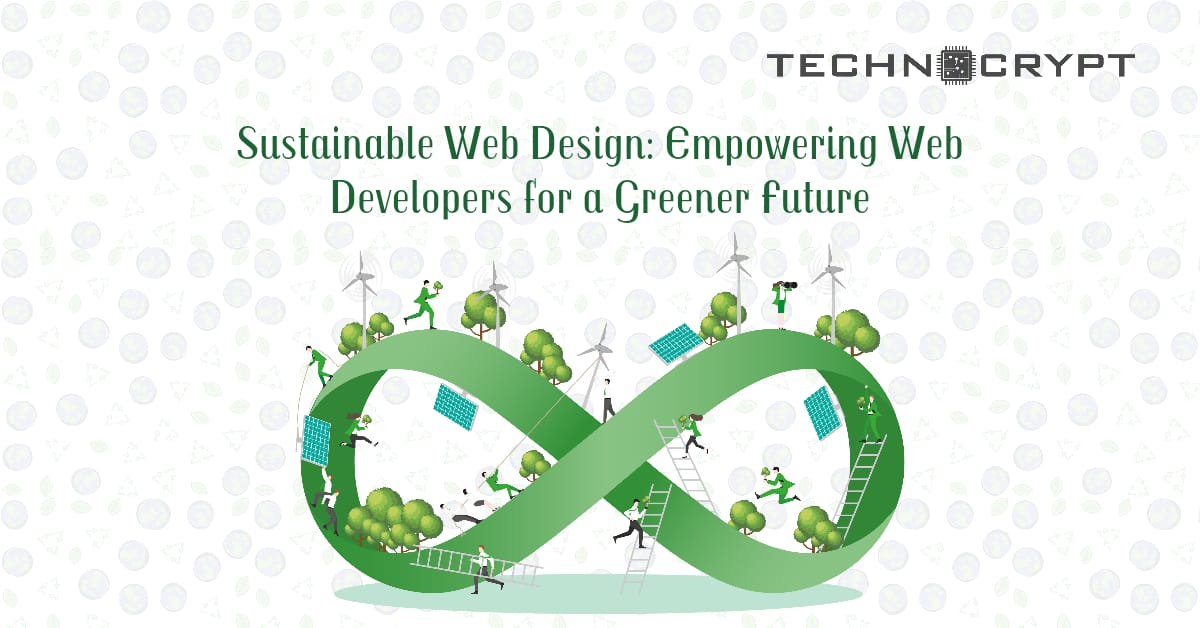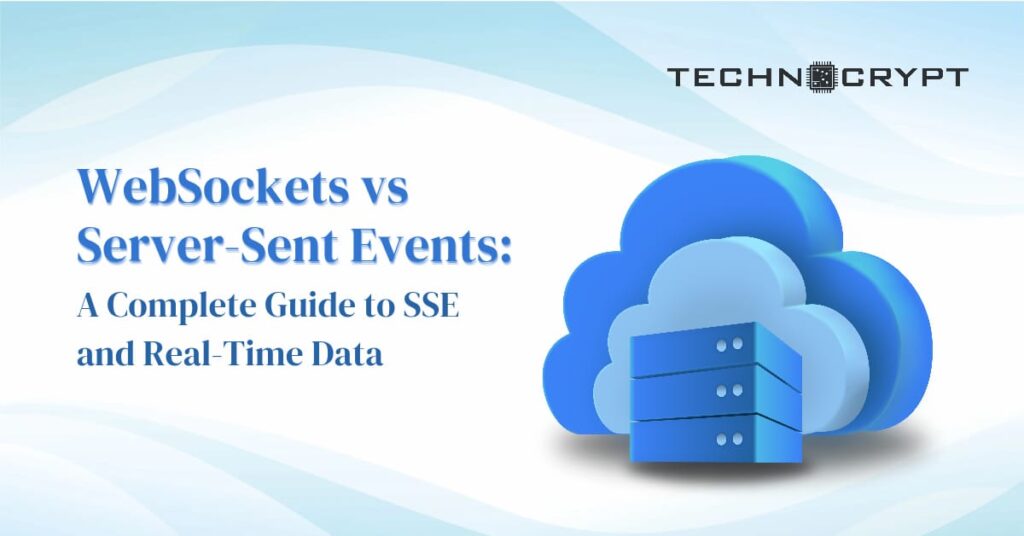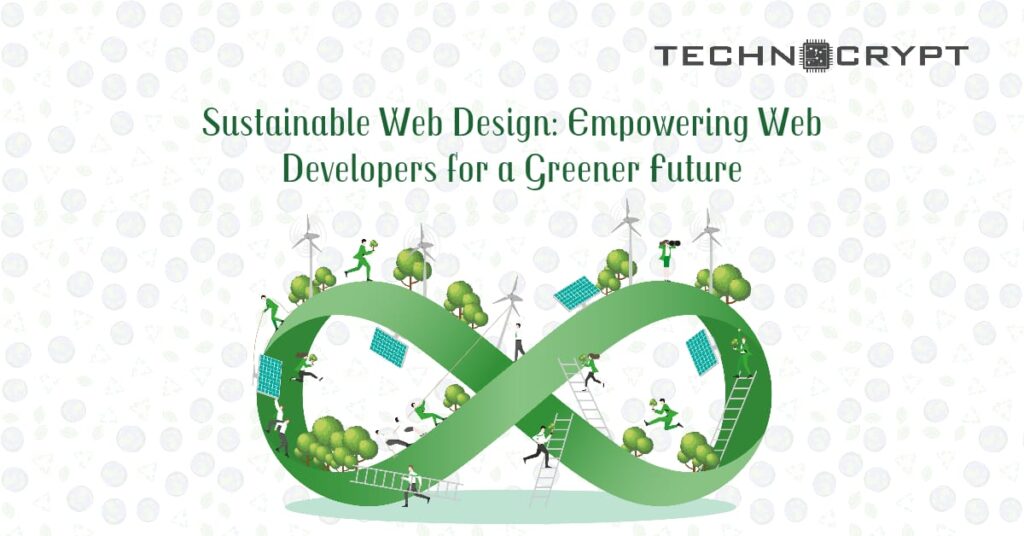Why the Web Needs to Go Green
Have you ever stopped to think about how much energy it takes to power the internet? It’s easy to imagine the web as something abstract, floating somewhere in the “cloud,” but the reality is far more grounded—and energy-intensive. The internet, with all its websites, apps, and online services, is responsible for nearly 2% of global carbon emissions. That’s on par with the airline industry!

It’s clear that we can’t keep building websites the way we’ve been doing it. The shift to sustainable web design is a key aspect of sustainable digital practices. isn’t just a nice-to-have—it’s essential. As web designers and developers, we have the power to make your website more sustainable and significantly reduce the environmental impact of the web. And here’s the kicker: doing so isn’t just about helping the planet. It’s also about creating a faster, better user experience that benefits everyone.
What Is Sustainable Web Design, Really?
So, what exactly does “sustainable web design” mean? In simple terms, it’s about creating websites and web applications that use fewer resources, consume less energy, and are more efficient.
At its heart, a sustainable website focuses on optimizing every aspect of its operation, from the design process to the coding practices. For example, by adopting a mobile-first design approach, you prioritize the most essential features for smaller, less power-hungry devices.
Beyond saving energy, sustainable web design principles also help with practical goals like improving website performance and cutting down hosting costs. And let’s face it: nobody likes waiting for a slow-loading page. By implementing sustainable practices, you’re not just being eco-friendly—you’re also making life easier for your users.
The Hidden Cost of the Internet
The internet’s infrastructure is energy-intensive, but sustainable web development can help reduce energy consumption. Behind every click are data centers consuming massive electricity—not just to run servers but to cool them.
Traditional web design adds to the problem. Bloated websites with oversized images, excessive animations, and unnecessary scripts waste energy. Each visit increases data transfer can be optimized to create more sustainable web pages., straining hosting providers and increasing the carbon footprint.
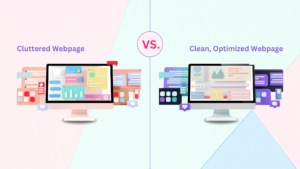
The solution? Sustainable web design practices. Trim unnecessary elements, optimize images, and write efficient code to create faster, leaner, and greener websites. It’s not just a choice—it’s a necessity.
Building Smarter, Not Bigger: Principles of Green Web Design.
If you’re wondering how to make your website more sustainable, the answer lies in a few key principles. Let’s break them down:
- Simplify with Minimalism
- Less is more. A minimalist design approach isn’t just aesthetically pleasing; it also reduces the resources needed to load your site. Strip out the fluff and focus on what’s essential.
- Prioritize Mobile and Responsive Design
- With so much web traffic coming from mobile devices, a mobile-first design approach is crucial. By designing for smaller screens first, you ensure efficiency while improving the user experience.
- Speed Matters
- A slow-loading website isn’t just bad for users—it’s bad for the planet. Compress your images, use lazy loading, and minimize JavaScript and CSS files to improve load time and save energy.
- Green Hosting Is a Must
- Choose a green web hosting provider that’s powered by renewable energy sources. Platforms like GreenGeeks and DreamHost specialize in sustainable hosting solutions.
- Write Clean Code
- Sloppy code leads to inefficiency. By embracing sustainable coding practices, you can reduce the processing power needed to load your site. Clean, reusable code is your friend!
The bottom line? Every little adjustment you make in the design and development process can contribute to a greener web. Creating a sustainable website doesn’t mean sacrificing quality—it means being smarter about how you build and embracing eco-friendly web design.
Tools Every Eco-Conscious Developer Should Know About
Ready to get started with creating sustainable websites? Here are some tools to help you implement sustainable web design principles:
- Website Carbon Calculator: Find out how much carbon your website produces and get actionable suggestions to lower it.
- Google Lighthouse: An all-in-one tool for analyzing website performance and identifying areas for optimization.
- Green Hosting Providers: Look for hosting platforms powered by renewable energy sources, like GreenGeeks or EcoHosting, which are examples of eco-friendly web hosting services.
- Image Optimization Tools: Use TinyPNG or ImageOptim to shrink file sizes without compromising quality, which is an important aspect of sustainable web design.
- Content Delivery Networks (CDNs): Services like Cloudflare can speed up data transfer by delivering content from servers closer to users.


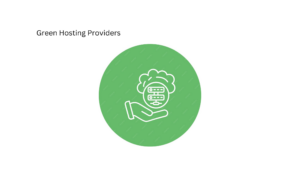
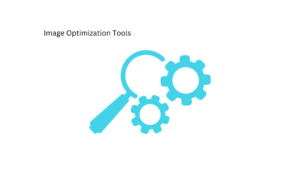
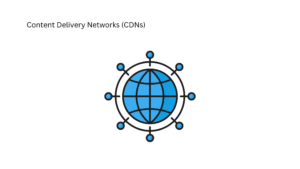
These tools make it easier to adopt sustainable web design practices and improve the impact of sustainable web design on both the planet and your users.
Why Sustainability Is Good for Business Too
Let’s talk business. Sustainability in web design isn’t just about being eco-friendly, it’s also a smart financial and strategic move. Here’s why:
- Better SEO and User Experience
- Faster, more efficient websites rank higher in search engines and keep users engaged longer. That’s a win-win.
- Cost Savings
- Optimized sites and sustainable hosting use fewer resources, thereby reducing operational costs over time and supporting eco-friendly web practices.
- Build Trust and Brand Loyalty
- Today’s consumers care about sustainability. By embracing a sustainable design approach, you align your business with their values and contribute to the broader movement of sustainable web development, earning trust and loyalty.
The benefits of sustainable web design are clear. It’s about creating websites that are better for users, better for businesses, and better for the planet.
The Roadblocks to Greener Websitesy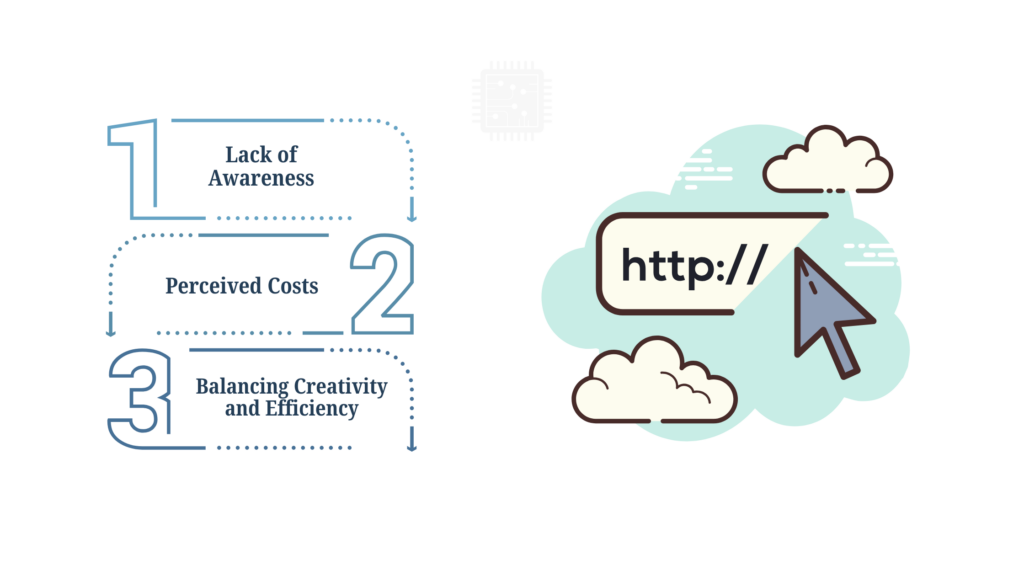
Of course, making the shift isn’t without its challenges. Some common roadblocks include:
- Lack of Awareness: Many web developers simply aren’t aware of how their work impacts the environment or how to integrate sustainable practices into their projects.
- Perceived Costs: Investing in sustainable hosting or optimizing a site can seem expensive at first, but it is a crucial aspect of sustainable digital strategies that pays off in the long run.
- Balancing Creativity and Efficiency: Designers often worry that prioritizing sustainability means sacrificing aesthetics.
But here’s the thing: adopting sustainable practices doesn’t mean you can’t have a visually stunning site. It just means being intentional about your design approach.
What’s Next for Sustainable Web Design?
The future of sustainable web design is promising and full of innovation. AI is playing a significant role in streamlining the design process, helping developers identify inefficiencies and make smarter, more resource-efficient decisions. Meanwhile, major tech companies like Google are investing in data centers powered by renewable energy, paving the way for a greener internet. On the regulatory front, we can anticipate more guidelines and policies encouraging businesses to adopt sustainable web practices. As these trends gain momentum, the world of sustainable web design will continue to evolve, becoming even more accessible and impactful for developers and businesses alike.
How Developers Can Lead the Green Revolution
As a web developer, you’re in a unique position to drive change. Here’s how you can lead the charge:
- Educate Yourself and Others: Learn about the impact of sustainable web design and share your knowledge with colleagues.
- Incorporate Sustainable Practices: From using eco-friendly web hosting solutions to implementing sustainable web development practices. green hosting to writing efficient code, small changes add up.
- Collaborate with Teams: Work with designers and stakeholders to align on sustainability goals can be met through eco-friendly web design and development. from the start of a project.
Together, web designers and developers can create websites that are not only beautiful but also kind to the planet.
Let’s Build a Sustainable Web Design That’s Kind to the Planet
The internet isn’t going anywhere, but the way we build it can and must change. By adopting sustainable web design practices, we can reduce the carbon footprint associated with website hosting, improve website performance, and contribute to a greener future.
It’s time to move towards a more sustainable web, one that values both the user and the environment. Let’s create websites that reflect our responsibility to the planet while delivering exceptional experiences.
Ready to get started? Let’s make the internet a force for good. Together, we can design a web that’s efficient, impactful, and sustainable for generations to come.

